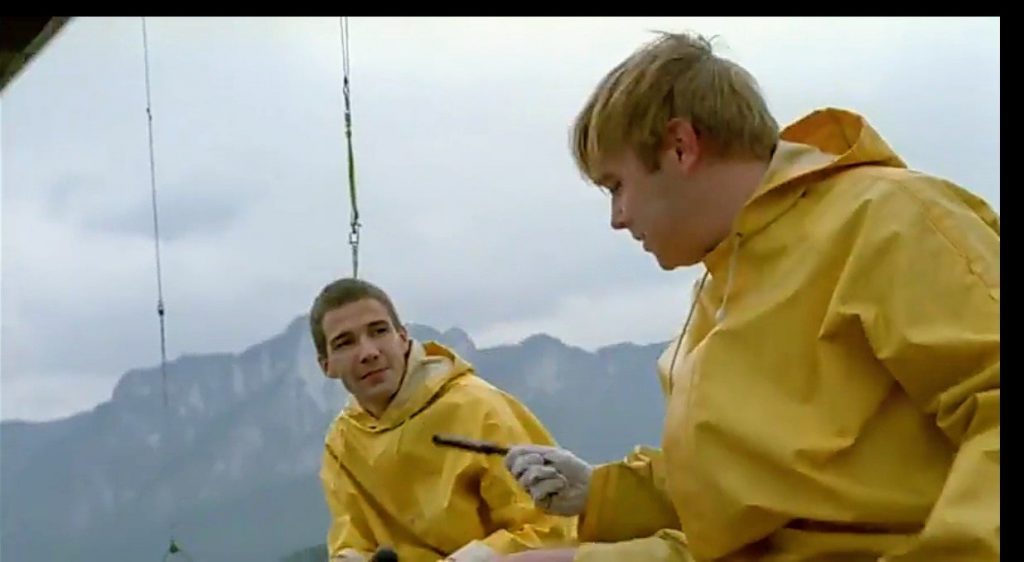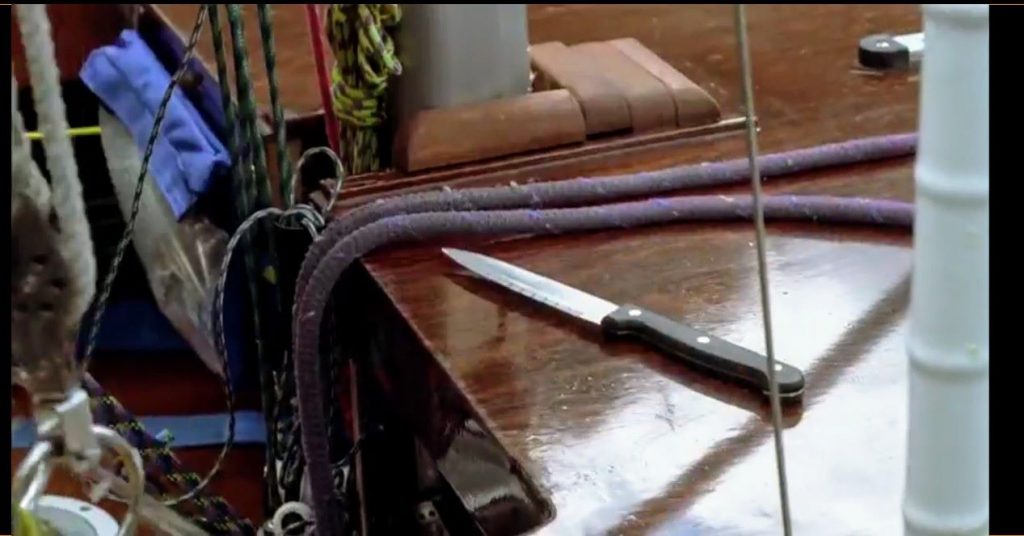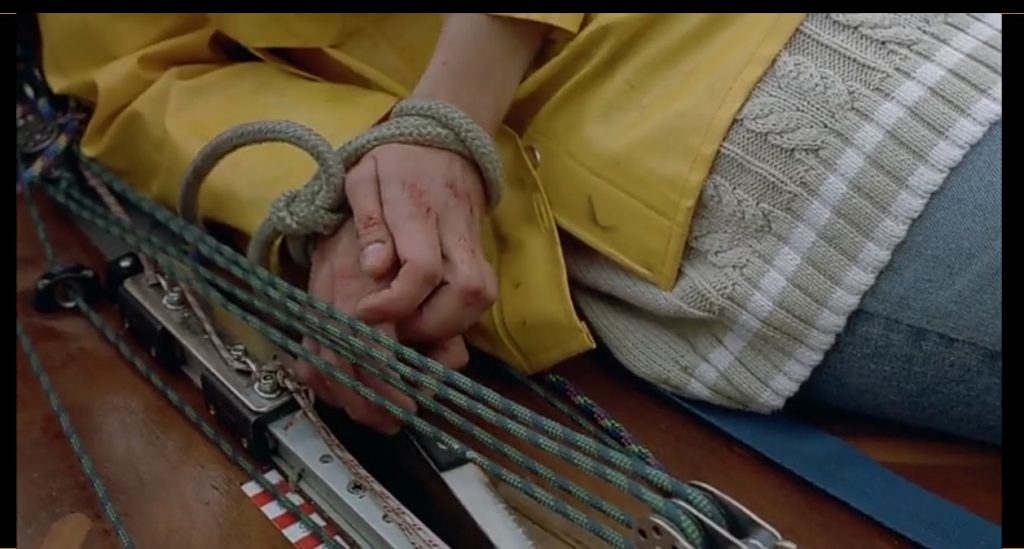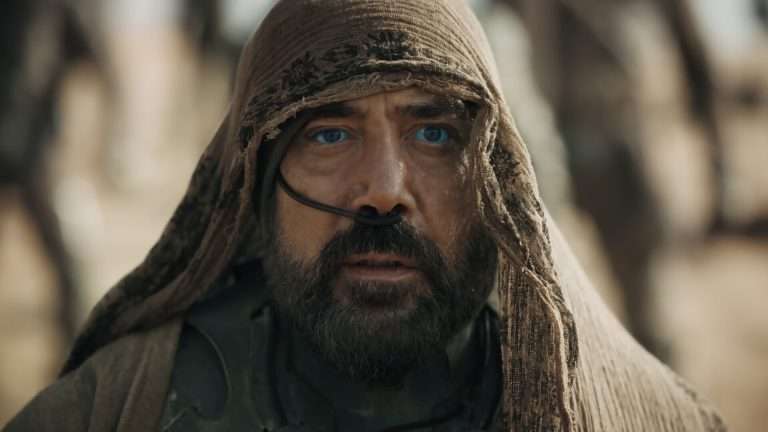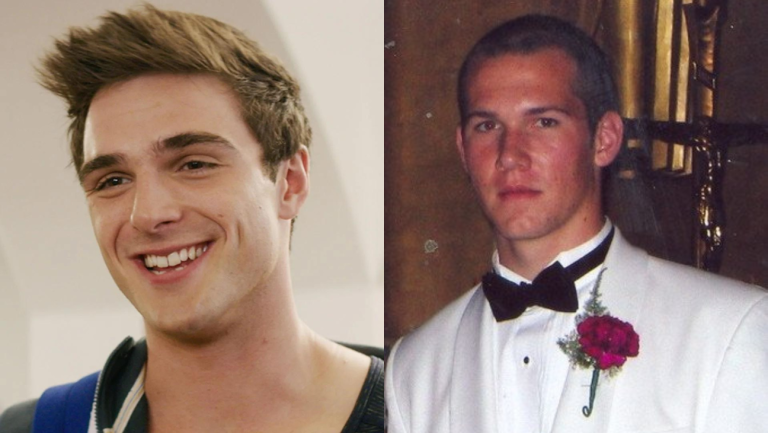In the movie industry, not every director wants their movies to be entertaining and fun. Some directors want to make the audience uncomfortable. Some directors like to give nightmares. Some directors go towards surrealism. Some directors love to show the cruelty of living in this world. Directors like Michael Haneke.
Michael Haneke is one such director who strives to establish the uneasiness of living in this world even if you are in a safe domestic environment. He is also the director who likes to make the audience uncomfortable. Through his penultimate home invasion film ‘ Funny Games’, Haneke reveals his criticism of the violence loving audience.
He started his film making career with The Seventh Continent (1989). In which an alienated middle-class family prepare their home and mood for committing suicide. And it is based on a true story.
Funny games’ original 1997 version is what revealed him to the international audience. This movie has gained a cult status over time. A Character looking at the screen talking to the viewers, a remote rewind scene are among the bizarre moments of this film. There are many articles out there that have already discussed the fourth wall breaking moments of this film.
But what I am going to write is about a particular knife that is indeed a Chekhov’s gun.
What is a Chekhov’s gun?
Let’s take a look at the words of the author Anton Chekhov who invented it. “If you say in the first chapter that there is a rifle hanging on the wall, in the second or third chapter it must go off. If it’s not going to be fired, it shouldn’t be hanging there”
Chekhov’s gun is a narrative/plot device which when shown in the first act of the story should always affect the third act. A funny example is the Sea mine from Hot Fuzz (Edgar Wright). A popular one is Holly’s watch from Die Hard.
To the movie.
The movie plot is pared down and simple. Funny games begin with a family of Father, mother, and son visiting their vacation house. Everything seems to be fine at first. They are on way to their vacation home listening to a song by Naked City which also gives a violent feel.
But when they are visited by two young boys that invade others’ lives for fun, their world is turned upside down.
Let’s get to the knife.
At the time, the two strangers visit their house, we see the father Georg setting up a boat for a fun ride which is not going to happen anyway. The knife seems to be rested on the boat. But as Georg walks away from the boat, the rope pushes the knife below the upper surface. He forgets to pick up the knife and goes to confront the strangers. Before this happens there is a close-up shot of the knife.
Then begins the home invasion act. I am not going into detail about that one. The way the two strangers slowly insinuate themselves into the house over a scrambled egg is funny and also disturbing.
The couple even manages their way out of the torture. But the most bizarre twist happens after that. As the movie goes forward and the torture intensifies, Father and son are murdered offscreen in different ways.
As one of the family members Anna(the wife) is still alive, the invaders bring Anna onto the boat. Her hands are tied. She sees the knife. Meanwhile, Peter and Paul are discussing fiction and the real-world and its hero. This discussion is happening casually as the audience is hoping for Anna to escape.
And she succeeds in getting the knife. She tries to cut the ropes that are tied to her hand as we see below.
The audience remembering that knife close-up shot in the first act of the film would have thought that the knife is going to save her. But Peter one of the psychopaths laughs at her attempt to escape. He reacts like nothing is going to change. Paul takes the knife away and throws it in the river.
You may wonder what happened to Anna. She also gets thrown into the river. Michael Haneke throws our expectations into the river. The river is the final burial ground here. From the beginning, the victim was always the audience. His Chekhov’s gun is a misdirection to our expectations.
Peter and Paul continue their discussion on the role of the HERO in this reality. The audience can consider themselves as the hero. They can rewind to the beginning of the film and watch the family enjoying their ride.
Then the two psychopaths continue their adventure by going to the house of their next prey. And Peter looks at us and gives one final wink in this never-ending cycle of violent fiction.

